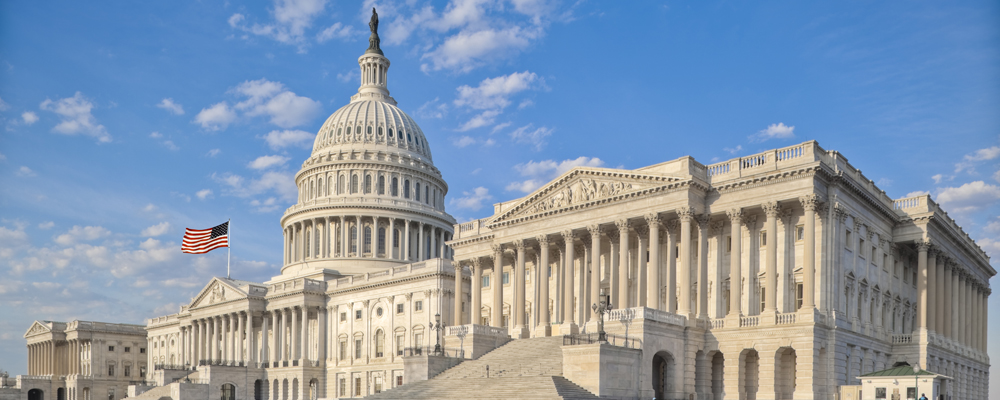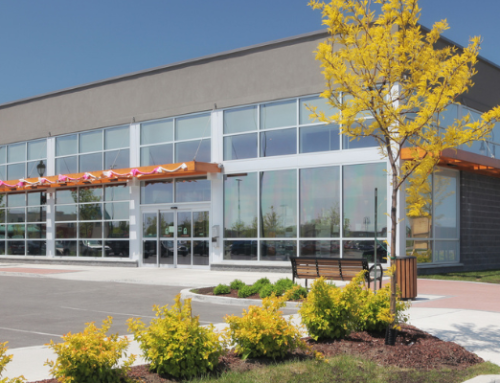On the heels of President Biden’s $2.3 trillion infrastructure proposal, the American Jobs Plan, in March, the Senate passed a bipartisan plan. The bipartisan plan is a trimmed down version of the original, coming in at around $1.2 trillion if extended over eight years; the five-year price tag is about $978 billion.
The revised infrastructure bill focuses on roads, bridges, the electrical grid, broadband, and transit as well as water infrastructure, resilience, airport upgrades, and more.1 Other sectors, like electric vehicles, renewable energy, and soft infrastructure are also still included, though at lesser amounts. It would be paid for with a combination of unused COVID-19 funds, user fees, higher tax enforcement, and other measures.2
State-by-State Infrastructure Bill Fund Allocations
In our region, there are several ways that funds from an infrastructure bill would be allocated. Many states suffer from a “systemic lack of investment,” according to Fact Sheets from the White House. On a per-state basis, this is a snapshot of how infrastructure funding would be spent under the original American Jobs Plan. For each state, there were other spending priorities outlined in the original American Jobs Plan that did not make it into the bipartisan proposal; specific funding areas may change in the final version.
Virginia
The Virginia Fact Sheet notes that there are 577 bridges and 2, 124 miles of highway in poor condition that have caused higher commute times and costs to state taxpayers. Ten percent of trains and other transit vehicles are past their useful life in Virginia, impacting millions of residents who use public transportation. Extreme weather has cost the state $10 billion in damages over the past ten years, citing a need for more resilient infrastructure. And over the next 20 years, it’s estimated that Virginia will need about $18 billion in funding to upgrade its drinking water infrastructure.
Expanding broadband access would also be a priority, as almost 10 percent of residents live in an area without broadband access and almost 40 percent live in an area where there is only one broadband provider.
Maryland
Maryland received a C grade for its overall infrastructure, indicating a substantial need for infrastructure improvements. 273 bridges and more than 2,201 miles of highway are in poor condition, which has added five percent to commute times and $637 per year in higher costs for taxpayers driving on deteriorating roads and bridges. 23 percent of trains and other transit vehicles are past their useful life, partly contributing to residents who use public transportation spending 66 percent more on their commute time than those who drive.
In the past ten years, 31 extreme weather events cost Maryland around $10 billion in damages, and future drinking water infrastructure upgrades are estimated to cost $9.3 billion. And, like Virginia, some Maryland residents don’t have access to broadband, and of those who do, 34.5 percent of residents only have access to one provider.
North Carolina
Finally, North Carolina’s inventory of bridges and highways that are in poor condition totals 1,460 and 3,116 miles, respectively. Commute times have increased more than ten percent since 2011 and driver costs are around $500 per year to compensate for deteriorating roads and bridges. 15 percent of trains and other transit vehicles are past their useful life, and 42 extreme weather events have caused $50 billion in damages over the past ten years. An extra $16.8 billion is required to upgrade North Carolina’s drinking water infrastructure over the next 20 years. Broadband access is minimal comparatively, with 6.5 percent of residents lacking any access and 56 percent of residents only having access to one provider.
It’s estimated that the real economic boom from the bipartisan deal would be seen in 2023 after major road and bridge projects are started. Eventually, it’s expected that about 775,000 industry jobs would be created.
Project Labor Agreements
One of the more hotly contested elements of the bipartisan proposal are project labor agreements (PLAs). PLAs are short-term collective bargaining agreements that only last as long as a particular project does. Virtually all PLAs use union labor, so it makes sense that Biden and most Democrats would favor including them in the overall infrastructure plan. Though mostly used for government contracts, private firms like Toyota and Walmart have also used PLAs in the past.
Proponents say PLAs would ensure the availability of skilled workers for a job and cut down on delays due to labor conflicts. A nonpartisan study found that PLAs offer uniform wages and benefits, predictable costs, prohibit labor strikes and walkouts, and streamline large construction projects by placing unions under one contract.
Critics, most notably the Associated Builders and Contractors (ABC) and Associated General Contractors of American (AGC), argue that government-mandated PLAs would be more costly, exclude a substantial portion of construction workers, discourage competition, and slow the construction industry’s economic recovery. For example, there could be a situation where a contractor on a federally funded infrastructure project would need to hire union workers and not its own employees or require its employees to accept union representation even though they wouldn’t directly benefit.
The bipartisan plan’s future is still in doubt, as it failed to pass a procedural vote near the end of July and talks stalled. Transit funding is still up for debate as well as how to allocate funding for broadband, among other areas. Then there’s the possibility of a Democratic-led, multi-trillion-dollar budget reconciliation to push through other infrastructure-related projects, which doesn’t have widespread support beyond party lines.3
PBMares will continue to track the development of this legislation and how it stands to affect our construction and real estate clients in the area.





